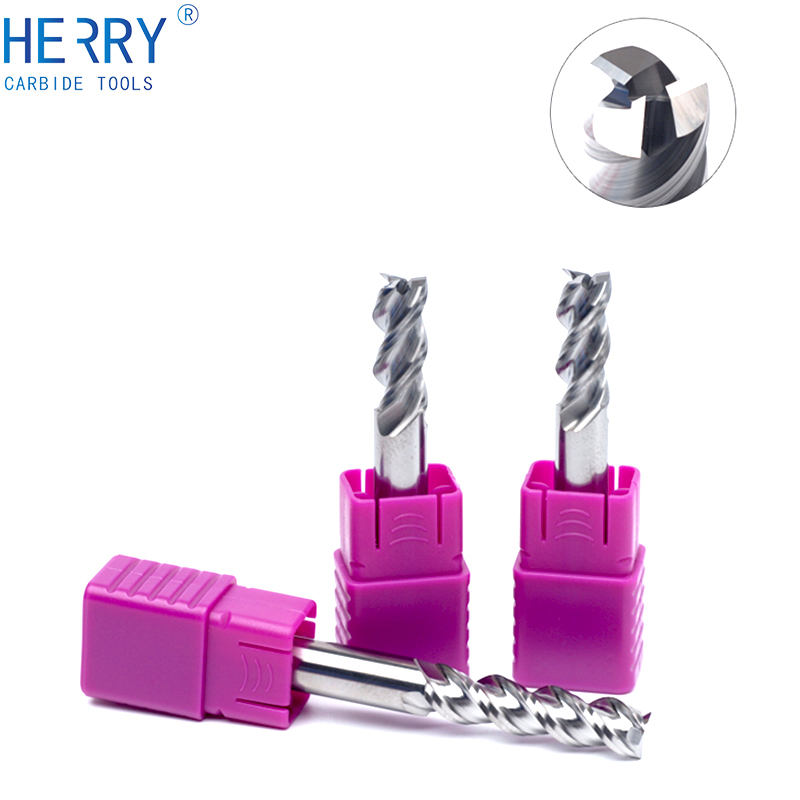
Product Introduction
attachment:Carbide Aluminum End Mills.xlsxCarbide Aluminum End Mills: Optimized for Efficient Machining
Carbide end mills are specifically designed for machining aluminum alloys offering a combination of durability and precision. These end mills are engineered to handle the unique challenges of aluminum such as its tendency to stick to cutting tools and the need for high cutting speeds.
Key Features of Carbide Aluminum End Mills
High Hardness and Wear Resistance: Made from tungsten carbide these end mills can maintain a sharp edge for an extended period.
Optimized Helix Angle: A high helix angle between 35° and 45° is recommended for aluminum to provide a smoother cutting action and improved chip evacuation.
Fewer Flutes: Typically 2 or 3 flutes are preferred for aluminum machining as they allow for better chip evacuation and reduce the risk of clogging
Polished Flutes: Polished flutes help to minimize friction and reduce the sticking of aluminum to the tool leading to better surface finishes
Sharp Cutting Edges: The end mills are designed with sharp cutting edges that can slice through aluminum cleanly reducing the risk of tearing or gouging the workpiece.
Applications
General-Purpose Machining: For a wide range of aluminum machining tasks including slotting profiling and 3D contouring.
Mold and Die Making: Ideal for creating molds and dies where aluminum is commonly used due to its lightweight properties.
Aerospace Applications: Often used in aerospace applications where aluminum alloys are prevalent for their strength-to-weight ratio.
Advantages
Improved Surface Finish: The sharp edges and polished flutes of carbide end mills produce a smooth surface finish on aluminum parts.
Efficient Material Removal: The high helix angle and optimized flute design allow for efficient removal of aluminum material.
Long Tool Life: The hardness of carbide ensures that these end mills can maintain their cutting edge for an extended period reducing the need for frequent changes.
Choosing the Right Carbide Aluminum End Mill
Material Compatibility: Ensure the end mill is suitable for the specific aluminum alloy you are working with .
Cutting Parameters: Consider the cutting speeds feed rates and depths of cut that your operation requires .
Tool Holder Compatibility: Verify that the end mill is compatible with your existing tool holders or milling machines .
Best Practices
Proper Clamping: Securely clamp the end mill in the tool holder to prevent any movement or vibration during operation .
Cutting Fluids: Use cutting fluids where appropriate to help with heat dissipation and chip evacuation .
Regular Inspection: Periodically inspect the end mill for wear and replace it when necessary to maintain machining quality.
In conclusion carbide aluminum end mills are an excellent choice for machining aluminum alloys offering a combination of precision durability and efficiency. By selecting the appropriate end mill and following best practices you can achieve optimal performance and efficiency in your aluminum machining operations.
Send Inquiry



 18581906093
18581906093